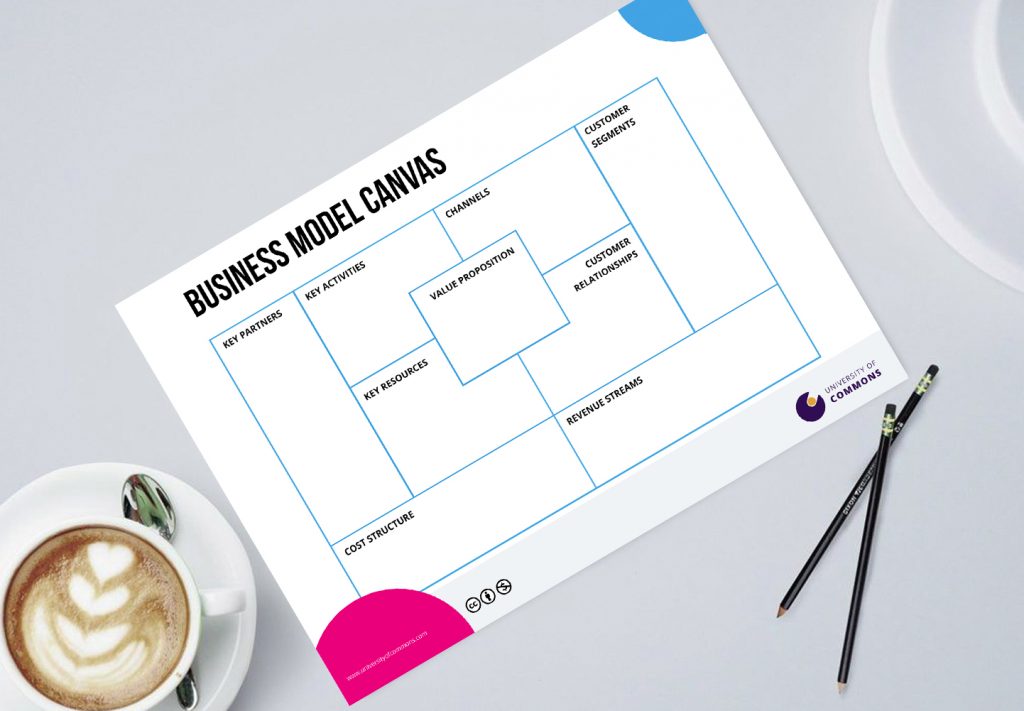Introduction:
Social Businesses focus on the impact they create for beneficiaries rather than creating profits. Therefore, the tool takes additional aspects into account which helps in creating a social business model
What is this for?
The Business Model Canvas or BMC model is a graphic representation of a number of variables that show the values of an organization. The Business Model Canvas can be deployed as a strategy tool for the development of a new organization. Furthermore, it also analyses the (business) situation of an existing business.
Canvas Guide
Step 1
Download this PDF and print it on A3. You can also draw it out on a paper if you can’t print
Step 2
In this section, you are required to list down your Value Proposition. The value proposition is about the core of a company’s right to exist, it meets the customer’s need. How does an organization distinguish itself from the competition? This is at the heart of what the business offers to its audiences and is arguably most to important success.
Step 3
In this section, list down your Key Partners. Essential information can be acquired by knowing in advance which partners may constitute a valuable relationship
Step 4
In this section, you are required to list down your Key Activities. By having a good knowledge of the core activities of a company, a good understanding of the value proposition of the organization will be obtained. It is not just about production, but also about a problem-solving approach, networking and the quality of the product and/or service.
Step 5
In this section, you are required to list down your Key Resources. Resources are means that a company needs to perform. They can be categorized as physical, intellectual, financial or human resources. It essentially is different types of process and people to complete the activities to create and deliver the value proposition.
Step 6
In this section, list down your Cost Structure. What are the different cost-elements, these should be checked against activities and resources. Costs are classically broken down into Fixed and Variable costs and economies of scale
Step 7
In this section, list down your Channels. The methods by which the organization’s services will be delivered and the audiences reached. In order to make good use of the channels and to reach as many customers as possible, it is advisable to combine off-line (shops) and online (web shops) channels.
Step 8
In this section, list down the Customer relationships. The types of relationships that will be formed, for example, self-service, automated services, communities or more personal assistance. Co-creation of content may be part of this.
Step 9
In this section, list down the Customer Segments. As organizations often provide services to more than one customer group, it is sensible to divide them into customer segments. By identifying the specific needs and requirements of each group and which value they attach to this, products and services can be better geared towards these needs and requirements. This will lead to greater customer satisfaction, which in turn will contribute to a good value proposition
Step 10
In this section, list down your Revenue Stream. In addition to the cost structure, the revenue streams will provide a clear insight into the revenue model of an organization. For example, how many customers does an organization need on an annual basis to generate a profit? How much revenue does it need to break even? The revenue streams are cost drivers. In addition to the revenue from the sale of goods, subscription fees, lease income, licensing, sponsoring and advertising may also be an option.
